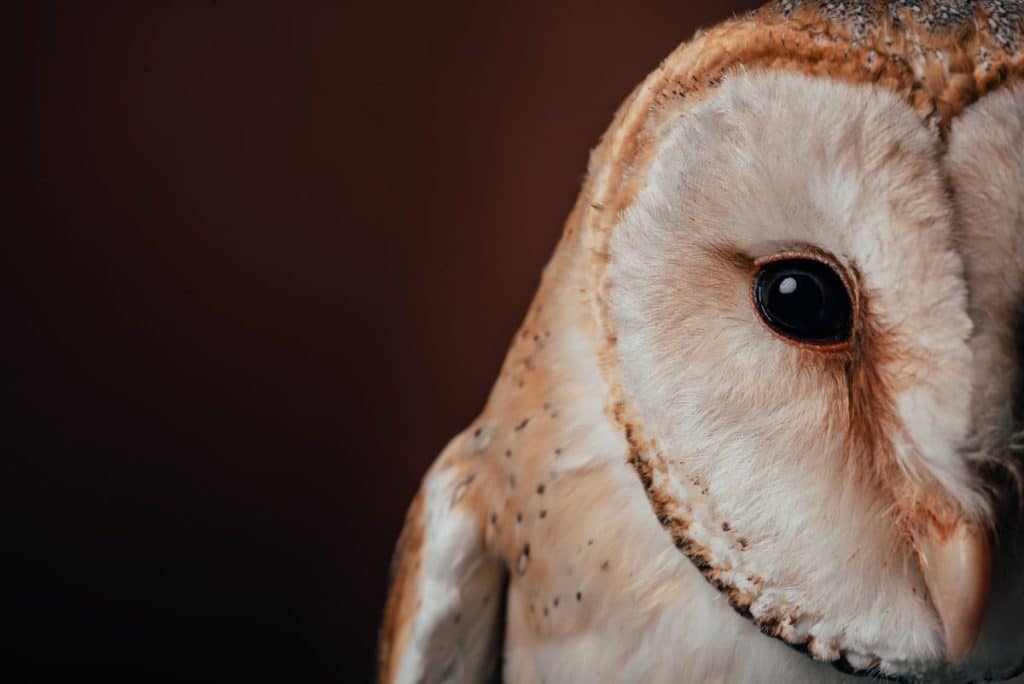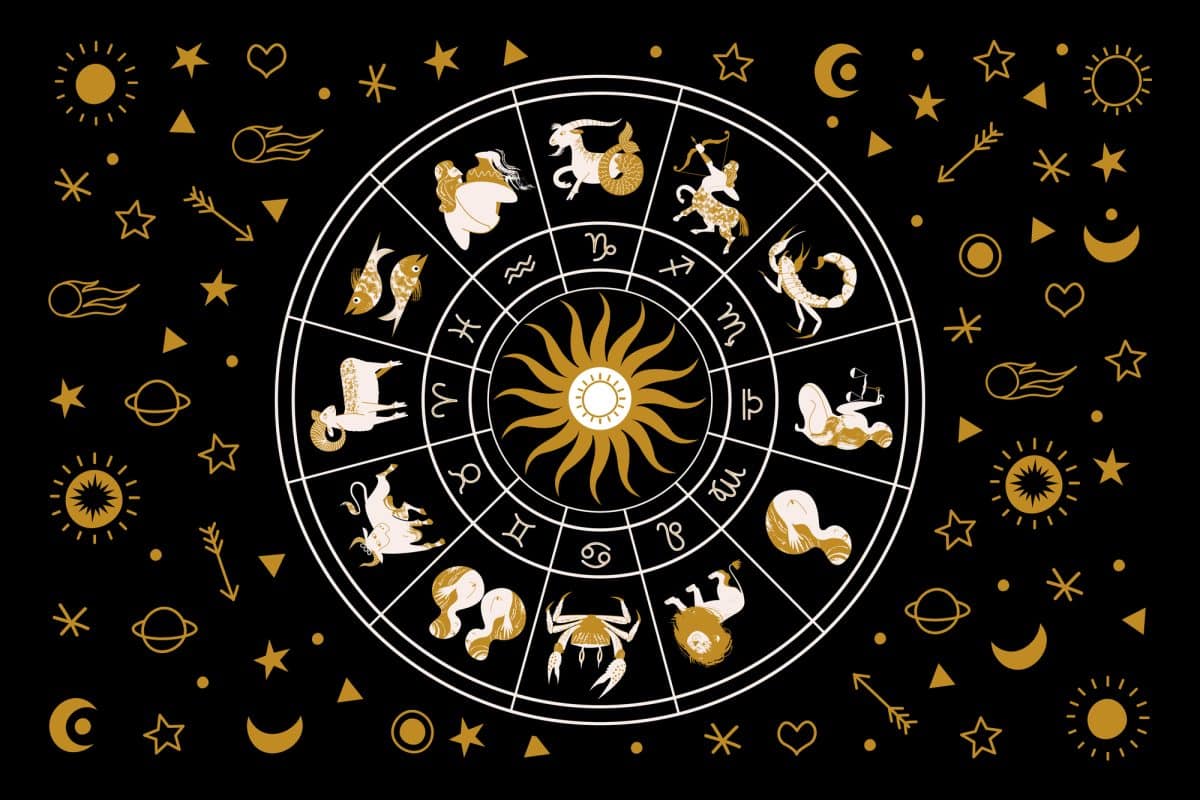The Superstitions Surrounding Owls: Witchcraft, Wisdom, and Omens
Throughout history, owls have held a special place in human mythology and culture. These enigmatic creatures have long been associated with a wide range of superstitions, from witchcraft and omens to symbols of wisdom and intelligence.

In this comprehensive blog post, we’ll explore the many superstitions surrounding owls, delving into their origins, examining the beliefs that have persisted, and considering the ways in which these superstitions have influenced our perception of these fascinating birds.
Table of Contents
The Origins of Owl Superstitions
Before we dive into specific superstitions, it’s important to understand why owls have captured the human imagination in such a unique way. There are several factors that contribute to the mystique surrounding owls:
- Nocturnal nature: Owls are predominantly nocturnal creatures, and their ability to navigate the darkness has long been associated with mystery and magic.
- Silent flight: Owls are known for their silent flight, which allows them to swoop down on their prey without making a sound. This stealthy hunting technique has contributed to their reputation as mysterious and elusive creatures.
- Distinctive appearance: With their large, forward-facing eyes and distinctive facial discs, owls have an almost human-like appearance that has captured the attention of people for centuries.
- Variety of species: There are over 200 species of owls worldwide, which means that different cultures have encountered different types of owls and developed their own superstitions around them.
Witchcraft and Owls: A Dark Connection
One of the most well-known superstitions surrounding owls is their association with witchcraft. In many cultures, owls have been thought to be in league with witches or even shape-shifting witches themselves. This connection between owls and witchcraft can be traced back to ancient times and has persisted throughout history.
Owls in Ancient Mythology
In ancient Greek mythology, the goddess of wisdom, Athena, was often depicted with an owl by her side. This owl, known as the “owl of Athena,” symbolized wisdom and knowledge. However, the Greeks also associated owls with Hecate, the goddess of magic and witchcraft. This dual association with both wisdom and witchcraft is one of the earliest examples of the complex relationship between owls and human beliefs.
European Witchcraft and the Owl
In medieval Europe, the connection between owls and witchcraft became even stronger. It was believed that witches could transform themselves into owls, allowing them to fly silently through the night and spy on their enemies. Some even believed that witches used the blood of owls in their magical potions and spells.
During the witch trials of the 16th and 17th centuries, the presence of an owl near a person’s home was often taken as evidence that the homeowner was a witch. This superstition was so pervasive that people would go to great lengths to rid their homes of owls, even resorting to killing the birds if they were spotted nearby.
Native American Beliefs
In some Native American cultures, owls have also been associated with witchcraft and dark magic. For example, in Navajo tradition, the owl is considered a messenger of witches and is often seen as a harbinger of death. Similarly, the Hopi tribe views owls as symbols of sorcery and dark forces.
Owls as Symbols of Wisdom
Despite their association with witchcraft and dark magic, owls have also been revered as symbols of wisdom and intelligence. This belief can be traced back to ancient civilizations and has persisted in various forms throughout history.
Ancient Greece and the Owl of Athena
As previously mentioned, the ancient Greeks associated owls with the goddess Athena, who was the embodiment of wisdom and knowledge. The owl of Athena was often depicted on coins, pottery, and other artifacts from ancient Greece, solidifying the connection between the owl and wisdom. To this day, the image of the owl as a symbol of wisdom and learning persists in Western culture.
Owls in Hindu Mythology
In Hindu mythology, the goddess of wealth and prosperity, Lakshmi, is often accompanied by an owl. The owl in this context is considered a symbol of wisdom and knowledge, as it is believed to help Lakshmi see through the darkness of ignorance. This connection between owls and wisdom is deeply rooted in Indian culture and can still be seen in various forms today.
Owls in Modern Education
The association between owls and wisdom has carried over into modern education, with the owl often serving as a symbol for schools, libraries, and other institutions of learning. This symbolism can be seen in school emblems, logos, and mascots, reinforcing the idea that owls represent knowledge and intelligence.
Omens and Owls: Harbingers of Change
In addition to their associations with witchcraft and wisdom, owls have long been considered omens or harbingers of change. This belief is rooted in the owl’s nocturnal nature and its ability to see in the dark, which has led people to view the owl as a messenger from the spirit world.
Owls as Omens of Death
In many cultures, the appearance of an owl is believed to be a sign that death is near. This belief can be traced back to ancient Rome, where the owl was considered a bad omen and a symbol of impending doom. Romans believed that the hoot of an owl could foretell the death of an important person, and the presence of an owl near a home was thought to be a warning that someone inside would soon die.
This belief has persisted in various forms throughout history and can still be found in some cultures today. In some parts of the world, hearing the call of an owl is considered an ill omen, signaling that death or misfortune is near.
Owls as Messengers of Change
In other cultures, owls are seen as messengers of change and transformation, rather than harbingers of death. In some Native American traditions, the owl is considered a symbol of change and is believed to bring messages from the spirit world.
For example, the Iroquois people believe that the call of the Great Horned Owl signifies that a major life change is imminent. Similarly, the Tlingit people of Alaska view the owl as a symbol of transformation and believe that seeing an owl can indicate that a person is about to undergo a significant change in their life.
The Enduring Fascination with Owls and Superstitions
The superstitions surrounding owls have been a part of human culture for thousands of years and show no signs of fading away. From their associations with witchcraft and wisdom to their role as omens and harbingers of change, owls continue to captivate our imaginations and inspire a sense of awe and wonder.
Despite their sometimes dark and mysterious associations, owls remain a symbol of wisdom, knowledge, and the ability to navigate the unknown. In a world that is constantly changing, perhaps it’s no surprise that we continue to be drawn to the enigmatic nature of these fascinating birds.






